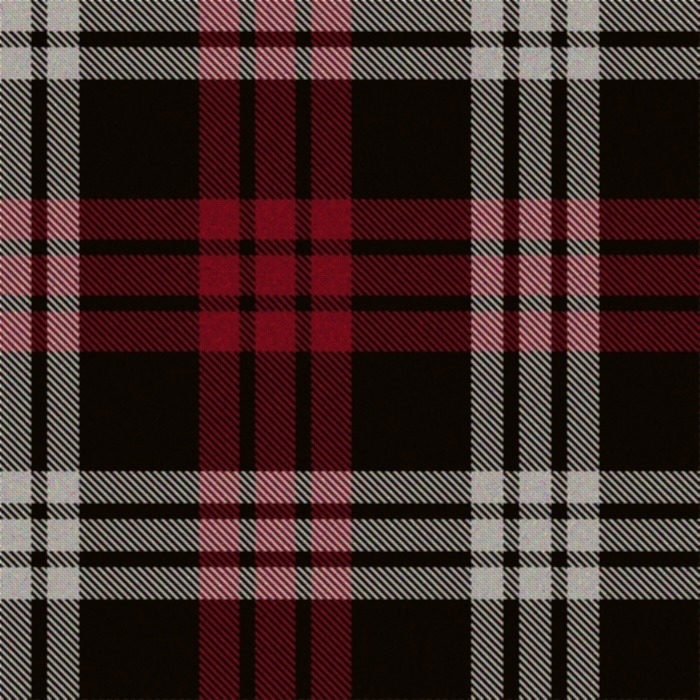
Like most prep schools, CCS students wear uniforms to school. This includes tartan skirts for the girls.
The English word “tartan” is most likely derived from the French tartarin meaning “Tartar cloth”. It has also been suggested that “tartan” may be derived from modern Scottish Gaelic tarsainn, meaning “across”. This makes sense because in making the fabric, the warp (threads running up and down) cross the weft (threads running side to side.) It is generally regarded that “clan tartans” date no earlier than the beginning of the 19th century, and are an example of an invented tradition. In other words, for most of history tartan was just woven plaid cloth and didn’t have any particular meaning. Given this, it seems to me that we should have our own tartan.
Our school colors are red (for strength), black (for constancy) and white (for sincerity and peace). In the tartan, the red and white repeat in groups of three to represent the Christian doctrine of the Trinity.
Each thread in the warp crosses each thread in the weft at right angles. Where a thread in the warp crosses a thread of the same color in the weft they produce a solid color on the tartan, while a thread crossing another of a different color produces an equal mixture of the two colors. Thus, a sett of two base colors produces three different colors including one mixture. The total number of colors, including mixtures, increases quadratically with the number of base colors so a sett of 3 base colors produces 3 mixtures and a total of 6 different colors.
The sequence of threads, known as the sett, starts at an edge and either repeats or reverses on what are called pivot points. Tartan is recorded by counting the threads of each color that appear in the sett. The thread count not only describes the width of the stripes on a sett, but also the colors used. For example, our thread count “W16 K8 W16 K60 R20 K8 R20” corresponds to 16 white threads, 8 black threads, 16 white threads, 60 black threads, 20 crimson (red) threads, 8 black threads and 20 crimson threads. The first and last threads of the thread count are the pivot points, in this case the sett reverses at each pivot. Also, the weft and warp use the same sett.
